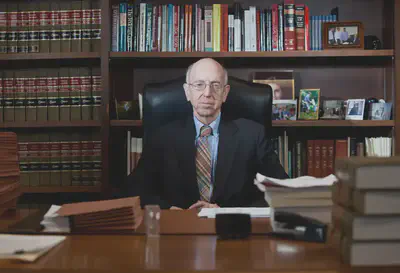Strict Liability
In-Class Exercise
—
Strict Liability
—
Fletcher v. Rylands
Rylands v. Fletcher
Liability applies for:
PWFOPBOHL&C&KTALDMIIE
Liability applies for:
PWFOPBOHL&C&KTALDMIIE
A person who for his own purpose brings onto his land and collects and keeps there anything likely to do mischief if it escapes
Limits on Strict Liability
Fletcher v. Rylands
— PWFOPBOHL&C&KTALDMIIE
Rylands v. Fletcher
— PWFOPBOHL&C&KTA “non-natural” and LDMIIE
First Restatement
— “ultrahazardous activity”
Second and Third Restatements
— “abnormally dangerous activity”
Indiana Harbor Belt v. American Cyanamid

Indiana Harbor Belt v. American Cyanamid
Indiana Harbor Belt v. American Cyanamid
Strict liability applies for behavior that is:
- Very risky and that risk cannot be eliminated at reasonable cost
AND
- Not susceptible to due care analysis
Activities, not Acts
—
Restatement Definitions
“In determining whether an activity is abnormally dangerous, the following factors are to be considered: (a) existence of a high degree of risk of some harm to the person, land or chattels of others; (b) likelihood that the harm that results from it will be great; (c) inability to eliminate the risk by the exercise of reasonable care; (d) extent to which the activity is not a matter of common usage; (e) inappropriateness of the activity to the place where it is carried on; and (f) extent to which its value to the community is outweighed by its dangerous attributes.” Restatement (Second) of Torts § 520 (1977).
“An activity is abnormally dangerous if: (1) the activity creates a foreseeable and highly significant risk of physical harm even when reasonable care is exercised by all actors; and (2) the activity is not one of common usage.” Restatement (Third) Torts: Liability for Physical and Emotional Harm § 20 (2010).
—